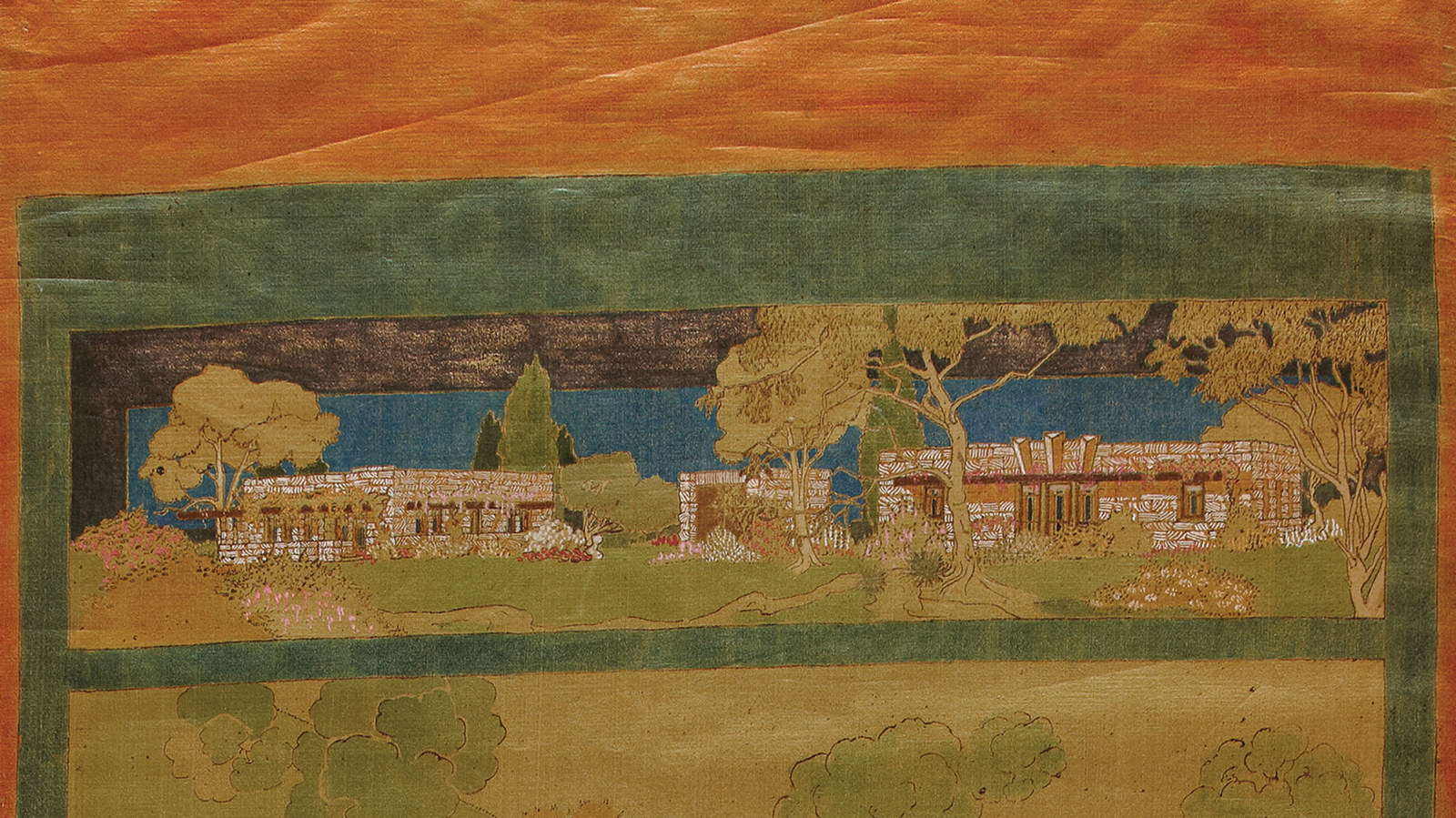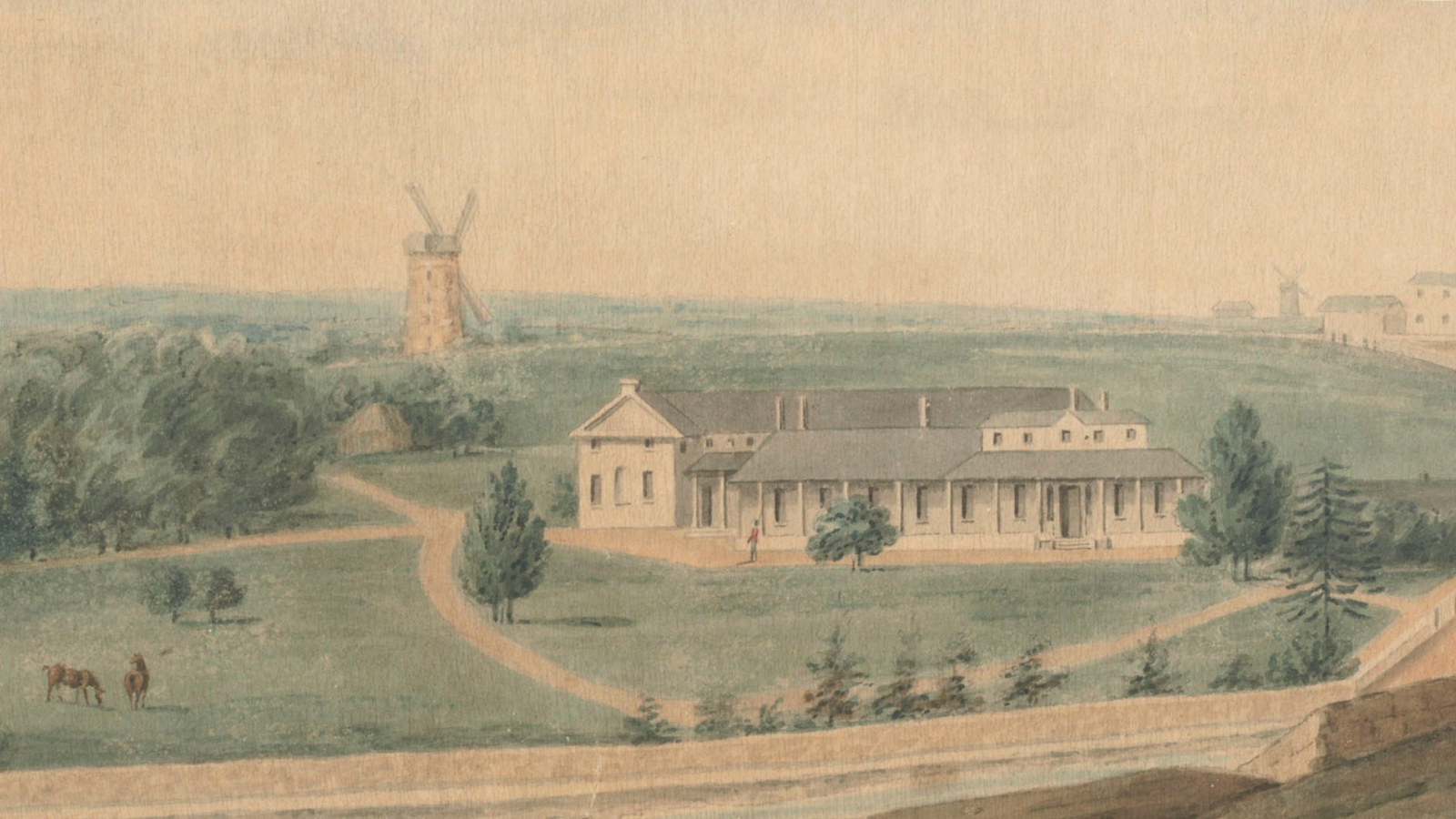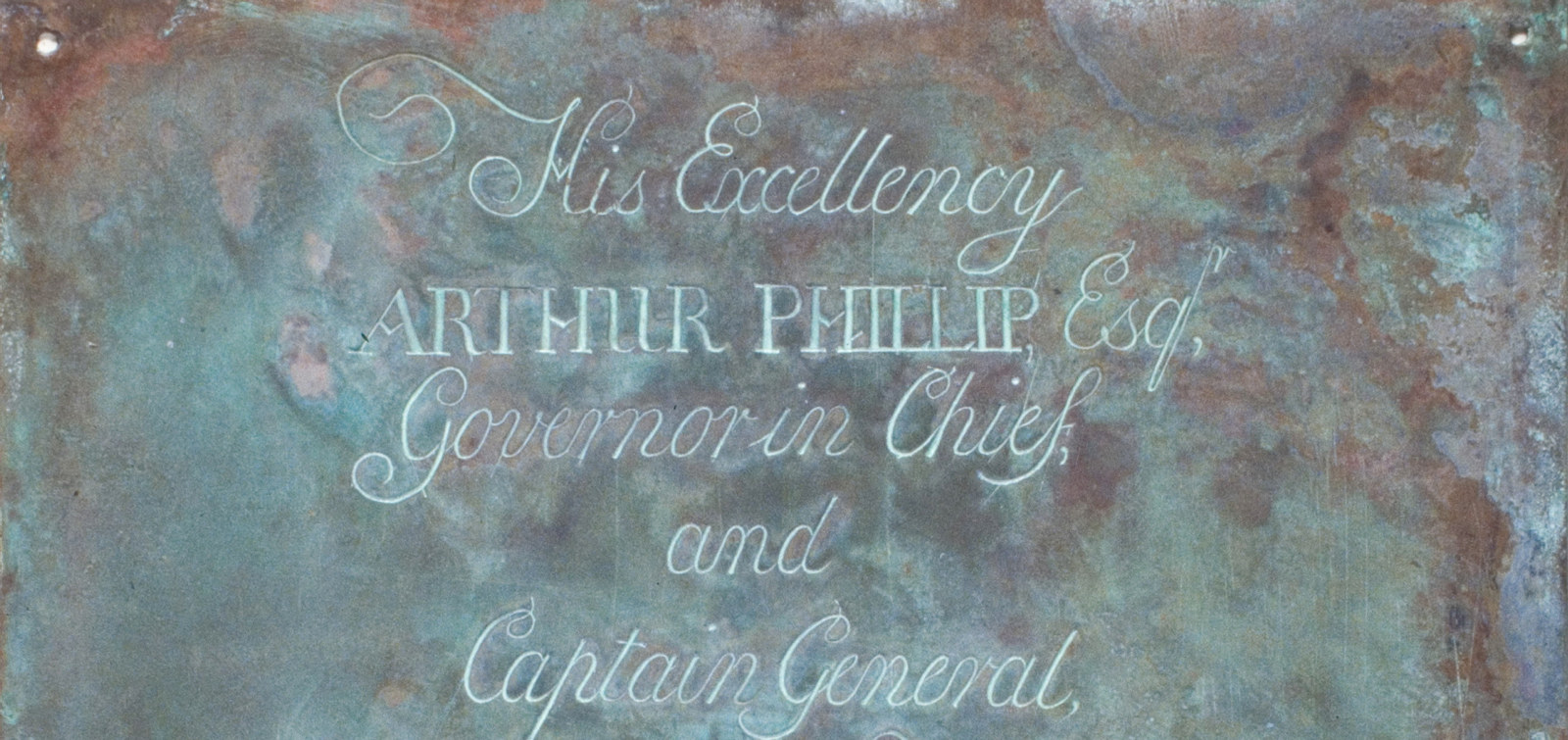Excavating Australia’s first Government House
Did you know that when you walk into the Museum of Sydney, you’re walking over the remains of one of the most significant buildings in Australia’s history?
Archaeological excavations in the 1980s and 90s uncovered the foundations of Australia’s first Government House, the seat of British authority in the early colony and home to the first nine governors of NSW. As we approach the 30th anniversary of the Museum of Sydney, built on the site of the first Government House, Museums of History NSW is taking a fresh look at what lies beneath. By applying new perspectives and asking challenging questions of seemingly mundane objects, we can reach a better understanding of a place where worlds collided and were transformed forever.
Australia’s first Government House, built for Governor Arthur Phillip on Gadigal Country in 1788–89, is one of the most important buildings in the history of post-1788 Australia. The reverberations of events and decisions that took place in the house can still be felt today. The foundations of the house were laid only months after the arrival of the First Fleet, but the building was already deemed ‘old and irrepairable’ by Governor Bourke in 1832, and it was eventually demolished in 1845–46 when a new Government House was built in what is now the Botanic Gardens. The site of the first Government House remained largely undeveloped over the decades, and it was only in 1982 that the NSW Government revived plans to develop it. Before construction could commence, the site was subject to historical and archaeological investigation.
Uncovering the foundations
The first season of excavations took place in February 1983 under the direction of archaeologist Anne Bickford, supported by a team of volunteers and guided by research undertaken by historian Helen Proudfoot. Primary research using historical plans and accounts quickly led the team to the footings of the rear wall of Governor Phillip’s house, some outbuildings, the remains of Australia’s first printing office, privies and drains. Debate surrounding the impending commercial development of such a significant place led to the formation of the Friends of the First Government House Site, a community-based interest group who drove a sustained campaign lobbying for the protection of the site. In October 1983, Premier Neville Wran announced that the remains of the house would be preserved in situ, that the planned commercial development would be withdrawn, and that an international competition would be held for a new development more sympathetic to the site and its history.
The competition for developing the site was eventually launched in November 1988, and in May 1989 the Melbourne-based firm of Denton Corker Marshall was awarded the project. More than a decade after the first excavations, the Museum of Sydney on the site of the first Government House opened in 1995. Its forecourt, named First Government House Place, covers and preserves the archaeological remains underneath. Today, visitors can glimpse the foundations of the house through a specially built viewing portal outside the museum, and selected finds from the site are displayed in the museum galleries. The archaeological remains and meticulous archival research informed the creation of the scale model of the first Government House that visitors can now see at the Museum of Sydney.
The archaeology collection and documentation
At more than 140,000 artefacts, the finds excavated from the site of the first Government House constitute one of the largest portions of MHNSW’s museum collections. The collection spans the full history of the site, from the original house built in the late 1780s to objects from the 1960s and 70s. All of the finds were documented and catalogued, and highly detailed technical analyses were conducted for some groups of material, such as ceramics and animal bones. At first glance, the artefacts might appear unassuming, even mundane. In fact, some of the material was quite literally rubbish disposed of while the house was in operation. But it is that mundanity that makes the collection so human and relatable. Those dirt-covered, broken and rusted artefacts are imbued with stories of lives lived in a new, changing and challenging world.
Today we can interpret the archaeology from the site of the first Government House in a number of ways. A broken brick (fig 1) can be a metaphor for the digging up and irreversible transformation of Gadigal clay, just as a piece of dressed sandstone evokes the quarrying of ancient cliffs. Aboriginal artefacts, mostly stone tools, recall the deep history that was interrupted by the arrival of the First Fleet. Fragments of shell evoke the waterways that were raided to make much-needed lime for mortar (fig 2). Locally made bricks and tiles bear the footprints of introduced animals such as sheep, goats and cattle that unwittingly trod on the wet clay (fig 3).
Fragments of fine porcelain decorated with Chinese-style motifs place the house in a global network of economics and exchange, but also speak of exploitation and Empire (fig 4). Wine bottles and fine stemmed glassware tell stories of the wealth and luxury enjoyed by some (fig 5), while a broken rum bottle may hold stories of rebellion and rule-breaking in the fledgling colony.
Glass from those same bottles transformed into tools using Aboriginal technology is a manifestation of a newly enmeshed history, and of adaptation to new materials in a changed world (fig 6). Metal printing type (fig 7) is a tangible trace of the historic events and decisions that were put onto paper in Australia’s first printing office. Gunflints recall the violence and force exercised by the new settlers in protecting the land that they had claimed. Pieces of butchered cattle bone are leftovers of the introduced animals that nourished the colony but changed the landscape forever (fig 8). Even the foundations of the house itself tell a story of straight lines, right angles and vertical walls being imposed upon a landscape that had never seen them before.
It is sometimes said that archaeology is destructive, and objectively speaking, that is not entirely wrong. Once something is removed from the ground, it can never be put back in exactly the same way. That’s why a fundamental tenet of modern archaeological practice is that the process and the finds should be documented so thoroughly that one could virtually or even physically reconstruct the site from these records. The excavation of the first Government House is a textbook display of such meticulous documentation, and MHNSW holds the original excavations records, including maps, photographs, drawings of stratigraphic sections, folder after folder of handwritten notes, and scores of pocket-sized notebooks in which the archaeologists recorded their initial observations. These last items are among the most exciting; they document the immediate impressions as finds were uncovered, enabling us to get as close as possible to the moment of excavation and rediscovery. It is that very act of excavation that transformed what was once buried and forgotten into artefacts of historical, cultural, social and political significance.
Archaeology and the Australian identity
The rediscovery and excavations of the site between 1983 and 1987 followed a period of significant shifts in the practice of history, archaeology and heritage in Australia. Australian archaeology as a profession was in its infancy, universities were beginning to offer courses in historical archaeology, foundational texts on Australian archaeology were published, the Burra Charter was developed to set national standards for heritage practice, the first archaeological consultancies were established, and the inaugural issue of the Australian Journal of Historical Archaeology was published. Because of the close connections between archaeology and the study of history, archaeological practice and discoveries often become tools for building social and cultural identities. The excavations at the first Government House site added to the surge in interest in Australia’s colonial history leading up to the 1988 Bicentenary, and the house itself came to be a physical and metaphorical landmark for the early years of European settlement.
Ever since its foundation stone was laid down only months after the arrival of the First Fleet, the site of the first Government House has been a place of intersection and compromise, where histories collided and a new social order was (and continues to be) negotiated. Today, 40 years after those first excavations, we find ourselves at a new juncture. A global push to ‘decolonise’ the past has seen many countries – including Australia – questioning the legacies of their colonial pasts and the echoes of colonialism that continue to impact contemporary society. New research being conducted by MHNSW takes a fresh look at the site of the first Government House, with plans to share an updated approach to the site and its significance in Australian history. Asking more critical questions of the archaeological remains from such a consequential place presents us with an opportunity to reflect on the complexities of our past and the challenges we face in trying to move beyond colonial legacies.
Published on
Related
Browse all![[First Government House, Sydney] / watercolour drawing by John Eyre](https://images.slm.com.au/fotoweb/embed/2022/11/8b76679c68c649dbb0ab45cfb954e5fb.jpg)
Museum stories
First encounters
The Museum of Sydney is built on and around a site that links us to the very beginnings of modern Australia

Discover Paradise on Earth
Whether you’re a lover of design, architecture and art, or simply seeking an oasis in the CBD, this new exhibition invites you to reflect on the extraordinary story of architect Marion Mahony Griffin

Life at Government House in the Macquarie era
Historian Jane Kelso describes a busy schedule of social gatherings and official events at Sydney's Government House during the governorship of Lachlan Macquarie

First Government House foundation plate
When the foundation plate was rediscovered in 1899 the site of first Government House was a distant memory
